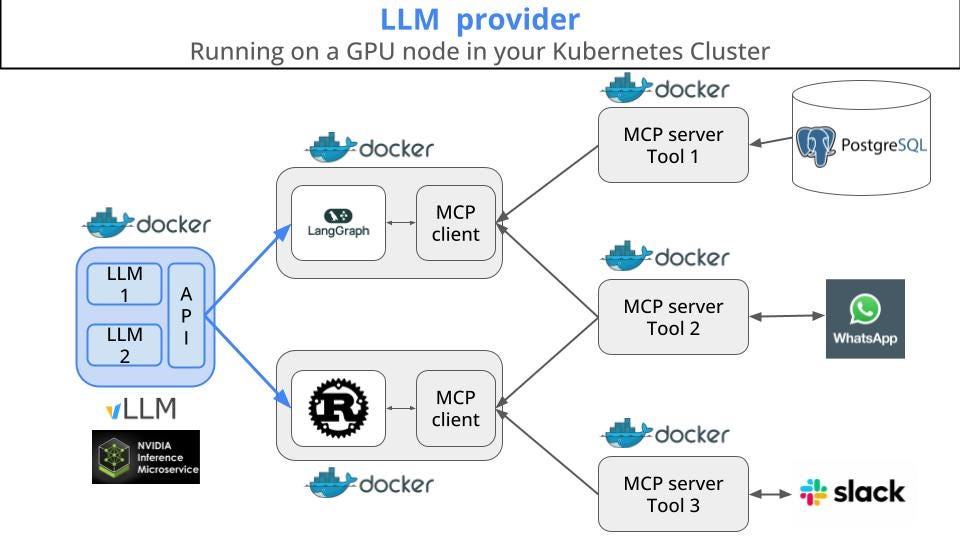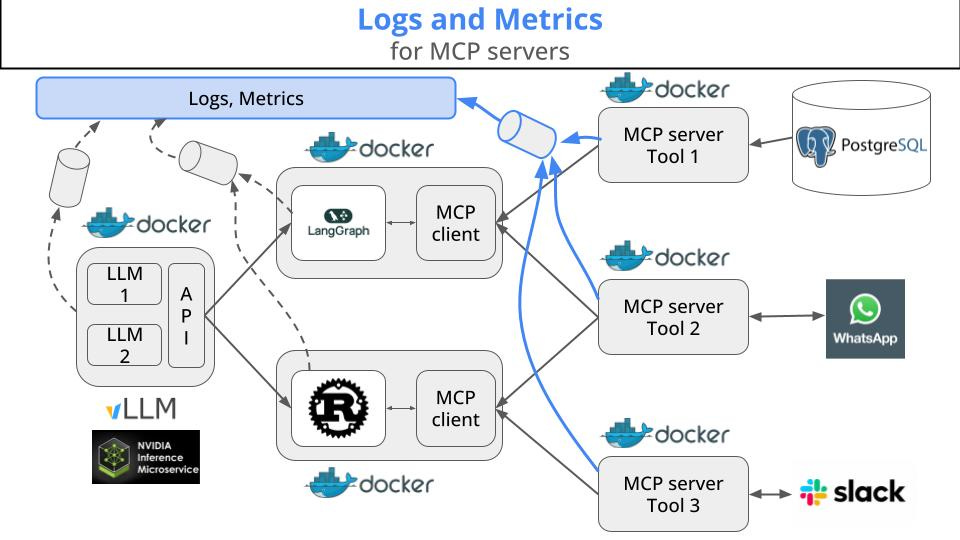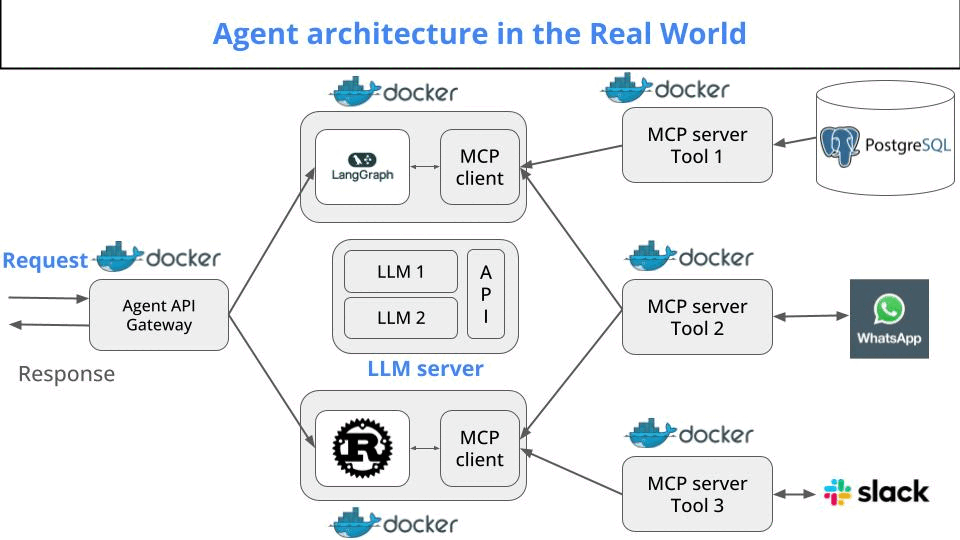There is plenty of advice on how to build agent prototypes that
use third-party API, like OpenAI or Antrhopic.
encapsulate all the agent + tooling logic inside a single Python program
run locally with docker compose
But the thing is, companies out there need WAY MORE than this to extract actual business value from this technology.
To scale these prototypes into agentic systems that help your company either
make more money, or
spend less money
you need to use the right infrastructure and tooling.
Let me explain.
System architecture 📐
Before we get our hands-dirty with specific tools and components, we need to understand the backbone and system architecture.
Agentic workflows are way more than a Python program. They are a collection of services, running inside a compute platform with proper monitoring.
What compute platform to choose?
Cloud manages services are great if you want to build something quick. However, if you plan to play the long game, the most cost-effective way I know is Kubernetes.
If you need an ML-engineer-friendly intro to the topic, check out this previous article
Kubernetes for ML engineers
·Kubernetes is one of the hard skills you nonstop find in job descriptions for ML engineers.
Ok. Let’s go back to our LLMOps blueprint.
Its main components are:
Agentic worfklow definitons, typically written in Python using a library like Langgraph or Crew AI, or even better in Rust.
LLM servers, running on GPU nodes, that serve the text completions the agent workflows need for reasoning, sumarization, tool parameter parsing...
Model Context Protocol servers (MCP servers) and clients that connect agents to the internal services of your company (aka the tools), which can be
read-only, for example a data warehouse in PostgreSQL, or
read-and-write, for example the WhatsappAPI to send and receive customer messages.
To understand the system is working the way you expect it to work, you need to collect and visualise logs and metrics, from all these services, using tools like
Prometheus,
Grafana, and
the new kid on the block Opik from CometML.
With these element in place, you can start building modular agentic systems, that can
Listen to incoming tasks (e.g. a client initiating a conversation with your whatsapp chatbot)
Route the task to the right agent
Apply agent-specific logic (meaning a few LLM autocompletions and tool calls)
Return the response back to the client.
This blueprint can be a good starting point if you plan on building products and services based on LLMs and agents, that work for your clients (and for your pocket ;-)).
I hope this helps,
Wish you a great weekend,
And talk to you next week!
Pau










